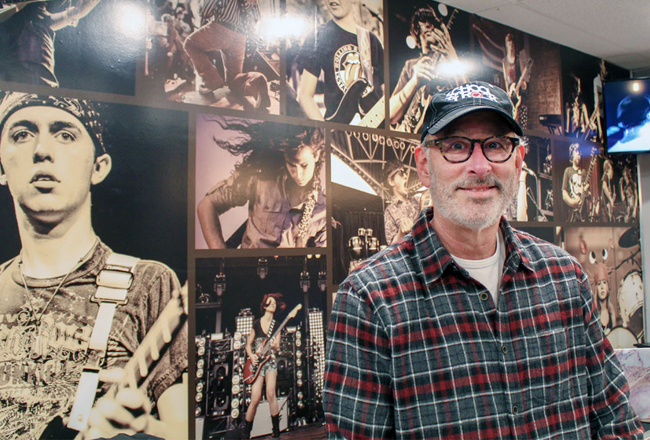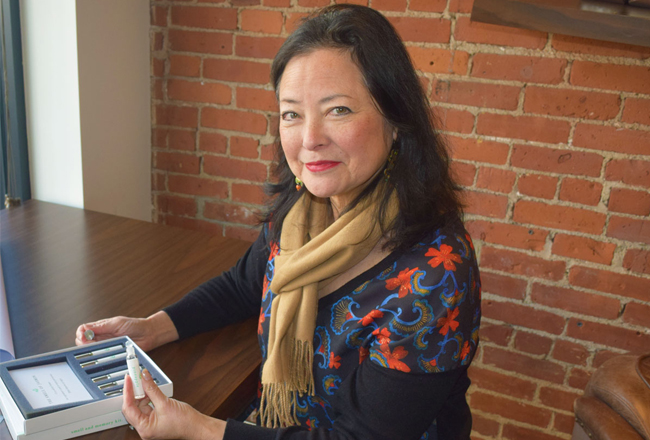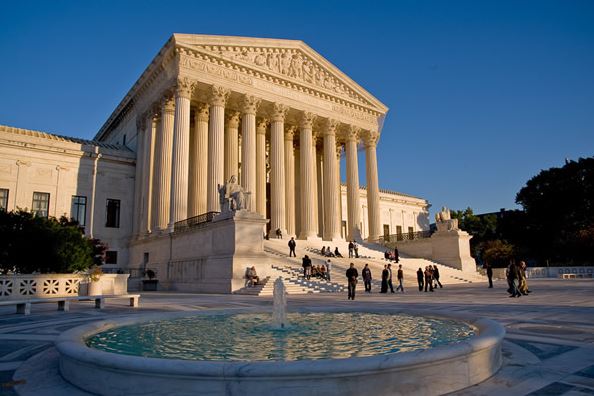Twelve years ago, F. Michael Ayles got his initial look at what was going to become the future headquarters of Antinozzi Associates, an architecture and interiors agency. The company was not moving into a plush and modern office, but into a ballroom above Bridgeport”™s Bijou Theatre that was built in 1910 but had not been used since the 1950s.
“I first thought, are you serious, are we really going to move here?” recalled Ayles, principal for business development at Antinozzi.
In retrospect, Ayles should not have been surprised. Antinozzi, which first opened in Derby in 1956 before relocating to Stratford, specializes in the renovations of schools, public housing and corporate space. The ballroom, in comparison to some of the firm”™s projects, was a relatively easy endeavor.
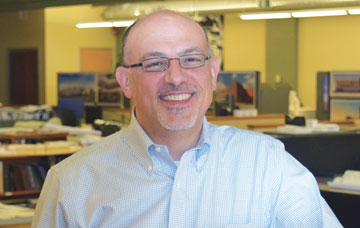
“Everything was painted black, so we stripped everything down and tried to make it as open as possible, not fill it up with walls or partitions,” Ayles continued. “We kept the original light fixtures in the center of the ceiling. We turned the former ballroom into an 11,000-square-foot, two-story, open-air workplace with a balcony of architects and interior designers surrounding the main floor studio that was once used for ballroom dancing.”
Ayles admitted that renovating an existing space often involves more work than building a new structure from scratch.
“If a school was built in 1910 or 1920, they were built like brick you-know-what houses,” Ayles said. “They”™re not going anywhere. But over time, as the population boomed, they were just kind of throwing up schools everywhere. It makes a lot of sense to renovate older schools, but it doesn”™t make sense when you are trying to renovate something from the 1960s or 1970s that was thrown together with single-pane glass and hardly any insulation in the walls. You will see new schools replacing those built in the 1960s and 1970s, as opposed to the 1920s or 1930s, which have more historic value. You are going to see more renovations of those and a lot more animosity from the public if you try to tear them down.”
The Antinozzi marketing material highlighting its school architecture and renovation projects includes the statement “School design starts with the student.” And while the Antinozzi designs have been acclaimed for their visual style ”” most notably at the four-level, 207,000-square-foot Harding High School in Bridgeport, with its sweeping curved façade, which opened last September ”” Ayles noted that the firm”™s focus is not on engineering flourishes, but inhabitant comfort.
“You are designing for the end-user, so you have to get in the mind of the student and how the student is going to receive the school,” he observed. “Today”™s schools are not institutionalized buildings. Everything is more open and collaborative and has the warmth and the security a student would expect. In certain size spaces and equipment, it is ultimately about providing a space that they feel comfortable in and want to go to. You don”™t want to design a space where they are dreading to go. You are trying to attract people to be at the school. After all, a lot of public schools are losing their students to charter schools, private schools and technical schools.”
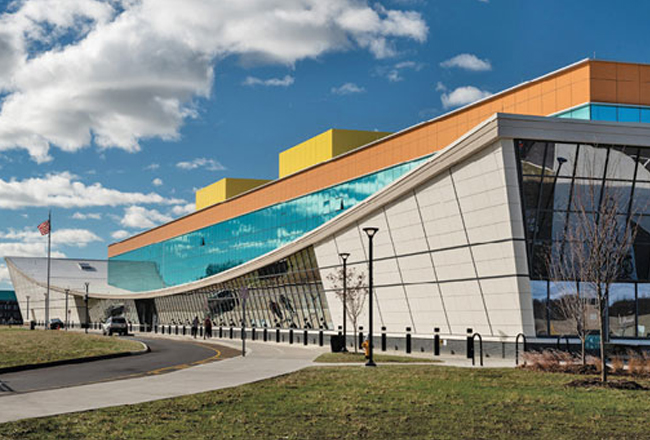
Antinozzi opened a second office in Norwalk in 2012 to focus on its corporate work. Its most notable output in this sector involves a major regional bank.
“We touch almost every single Webster Bank in Connecticut and New England,” Ayles said. “We came up with the prototype design of Webster”™s blue tower.”
While several of Antinozzi”™s projects have received Leadership in Energy and Environmental Design (LEED) certification from the U.S. Green Building Council, Ayles stated that the firm is not heavily focused in snagging LEED status for its projects.
“We”™re always incorporating sustainable materials,” he said. “When you get to high-performance on public buildings where you are spending public money, you have to meet high energy codes. LEED is basically a certification you get from an organization that says, ”˜You”™re LEED-certified.”™ That can cost anywhere from $40,000 to $70,000 to get. A lot of us would say. ”˜It”™s a certificate on your wall saying you meet sustainable requirements ”” if you want that credential, great.”™ ”
One area Antinozzi is not focused on is residential housing. Ayles has no regrets that the firm is absent from that market.
“People always say, ”˜You”™re an architect ”” design my house,”™ ” he says with a laugh. “We like to joke that dealing with a 12-person building committee can be just as difficult as dealing with a husband and wife over a house.”








